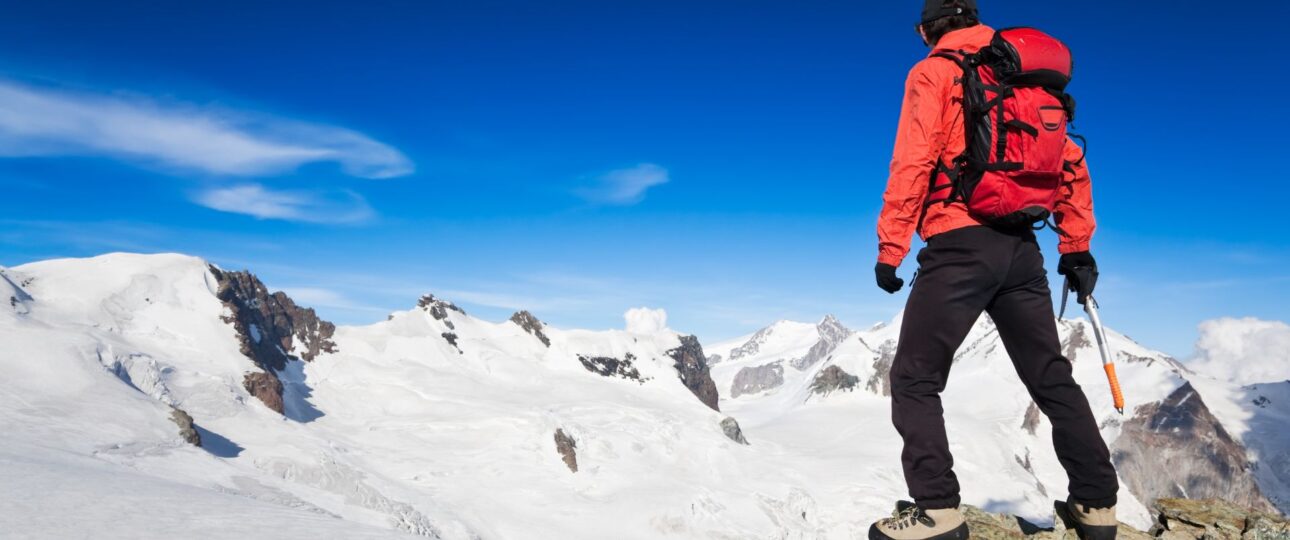Ladakh, often called the “Land of High Passes,” is a paradise for trekkers, mountaineers, and adventure enthusiasts. With elevations ranging from 3,000 to over 6,000 meters above sea level, the region’s breathtaking landscapes come with a challenge: high-altitude acclimatization.
Ascending too quickly can lead to Acute Mountain Sickness (AMS) or more severe conditions, making proper preparation essential. In this blog, we’ll explore strategies, tips, and best practices for acclimatizing effectively in Ladakh so that your adventure remains safe, enjoyable, and memorable.
1. Understanding High-Altitude Effects
At higher elevations, the air pressure decreases, resulting in lower oxygen levels. The body needs time to adjust to this change—a process called acclimatization. Common symptoms of altitude sickness include:
- Headache
- Nausea or vomiting
- Fatigue or weakness
- Dizziness or lightheadedness
- Shortness of breath
Severe symptoms may include fluid retention in the lungs or brain swelling. Recognizing these early signs is crucial to prevent serious health risks.
2. Principles of Proper Acclimatization
2.1 Ascend Gradually
- Avoid rapid ascents above 3,000 meters.
- A general rule: Do not sleep more than 300–500 meters higher than the previous night once above 3,000 meters.
- Example: If Leh is your starting point at 3,500 meters, spend the first 1–2 days exploring locally before moving to higher trekking routes.
2.2 Take Rest Days
- Incorporate rest or acclimatization days in your itinerary.
- Even if you feel fine, resting allows your body to adjust physiologically, improving oxygen efficiency.
2.3 Hydrate Frequently
- High altitude dehydrates the body faster. Drink at least 3–4 liters of water daily.
- Avoid excessive alcohol or caffeine as they can worsen dehydration.
2.4 Eat Light and Nutritious Meals
- Consume high-carbohydrate, easily digestible foods to maintain energy.
- Avoid heavy, oily meals during the first days at high altitude.
2.5 Listen to Your Body
- Slow down if you feel fatigued, dizzy, or short of breath.
- Symptoms of AMS should never be ignored—descend immediately if they worsen.
3. Acclimatization Tips for Specific Treks in Ladakh
3.1 Leh and Surrounding Areas
- Spend 1–2 days in Leh (3,500 m) before starting any trek.
- Short day hikes around the city help your body adjust.
3.2 Stok Kangri (6,153 m)
- Follow a “climb high, sleep low” strategy.
- Incrementally ascend to higher camps during the day and return to lower camps to sleep.
- Use oxygen saturation monitors if available to track adaptation.
3.3 Chadar Trek (Zanskar River, Winter)
- Even though the trek is lower in altitude, sub-zero temperatures increase strain on the body.
- Warm up before starting the day and hydrate frequently to prevent altitude-related fatigue.
4. Training and Preparation Before the Trip
4.1 Cardiovascular Conditioning
- Activities like running, cycling, swimming, and brisk walking improve lung capacity.
- Aim for 4–6 weeks of cardio training before the trek.
4.2 Strength Training
- Focus on legs, core, and back muscles to handle uphill climbs and heavy backpacks.
- Exercises like squats, lunges, and planks are particularly useful.
4.3 Practice Hiking at Moderate Altitudes
- If possible, train in areas of 2,000–3,000 meters to get the body accustomed to thinner air.
5. Medical Support and Precautions
- Carry AMS medication like Acetazolamide if prescribed by a doctor.
- Pack a first aid kit with oxygen supply, painkillers, and essentials.
- Travel insurance that covers high-altitude trekking is recommended.
6. Tips from Cho Expeditions
Founded by experienced mountaineer Stanzin Norboo Shara, Cho Expeditions emphasizes safety and proper acclimatization. Their approach includes:
- Planning treks with built-in acclimatization days
- Providing expert guidance on hydration, nutrition, and pacing
- Using trained guides familiar with local terrain and emergency protocols
- Educating trekkers on recognizing AMS symptoms and safe responses
By following their guidance, adventurers can enjoy challenging routes like Stok Kangri or the Markha Valley trek without compromising safety.
7. The Role of Mental Preparedness
Acclimatization isn’t just physical—mental preparation is key:
- Stay patient and avoid comparing your pace with others.
- Practice breathing exercises to improve lung efficiency.
- Maintain a positive mindset; stress and anxiety can worsen AMS symptoms.
8. Signs That Require Immediate Action
- Severe headache, persistent nausea, or vomiting
- Swelling in hands, feet, or face
- Shortness of breath at rest
- Confusion, inability to walk, or lack of coordination
Action: Descend immediately and seek medical attention. In high-risk situations, supplemental oxygen and hospitalization may be necessary.
Acclimatization is the key to unlocking a safe and enjoyable adventure in Ladakh. By ascending gradually, staying hydrated, eating right, resting, and listening to your body, you can reduce the risk of altitude sickness while fully immersing yourself in the breathtaking beauty of the Himalayas.
With the expert guidance of Cho Expeditions, adventurers gain not only access to world-class trekking routes but also the knowledge and preparation needed to conquer high-altitude challenges safely.
Whether it’s exploring Leh’s vibrant valleys, summiting Stok Kangri, or trekking the frozen Zanskar River on the Chadar Trek, proper acclimatization ensures every step is an unforgettable and safe adventure.


